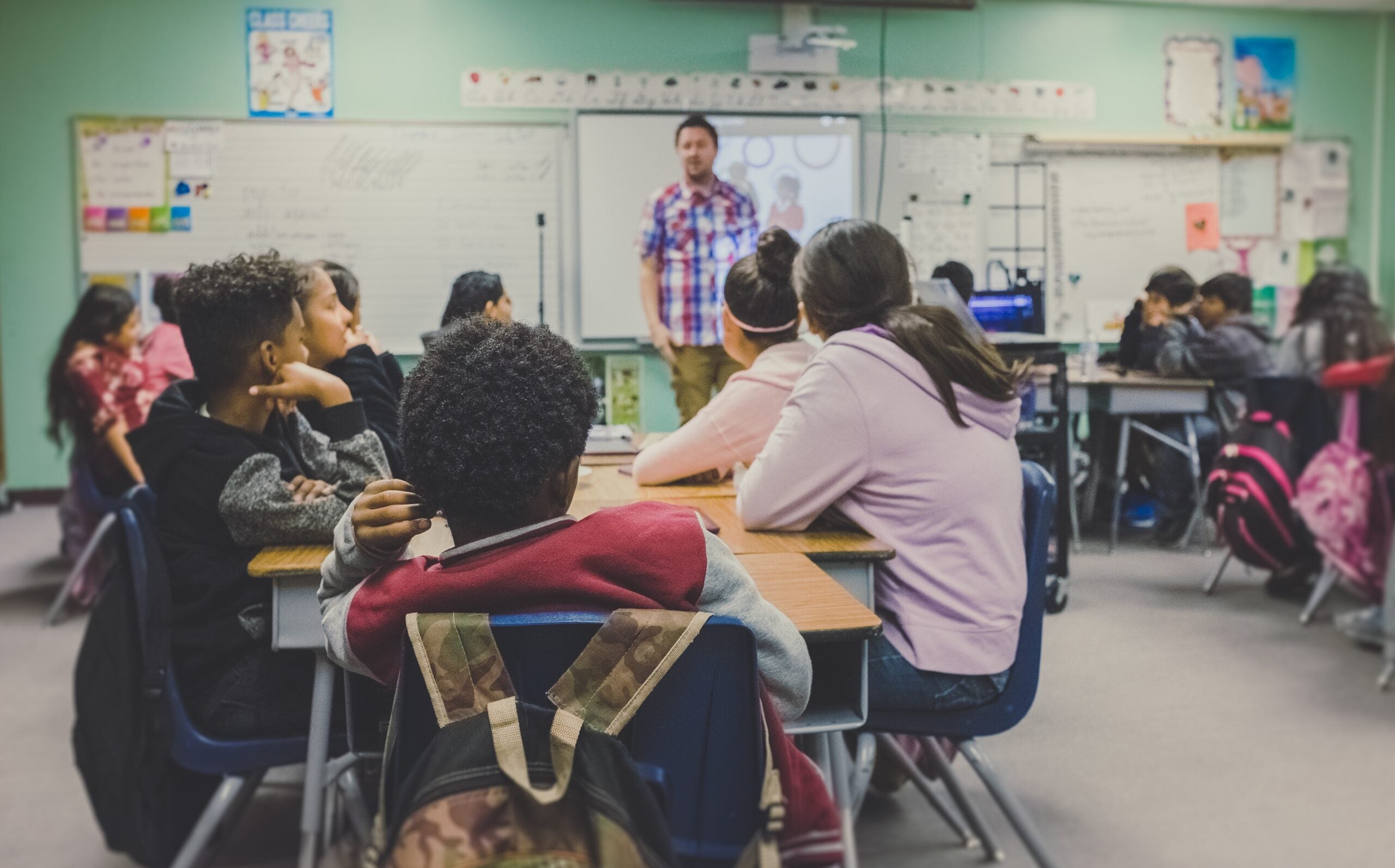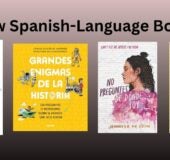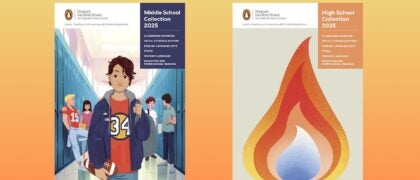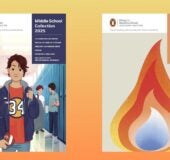At PRH Education we believe that all children can learn to read, and access to books is truly key to how students learn to read: proficiently and to read with joy.
Research shows that reading and literacy directly impacts students’ academic success and personal growth. To help promote the importance of daily independent reading, Penguin Random House Education has launched a new Classroom Library offering for grades PreK-8, with plans to develop additional libraries for High School, Special Education, and ESL/ELL classrooms. The PRH Education Classroom Libraries, which are curated by renowned educator and literacy expert Laura Robb, offer students access to classic and contemporary authentic texts in both print and eBook formats that are relevant to their varied lives and interests.
Click here to learn more about PRH Education Classroom Libraries
By: Laura Robb
Every time you listen to an audio book and you’re loving it, someone is reading aloud to you. And all the time you’re listening, your imagination creates pictures of settings, characters, and people. Often, you’ll find yourself stepping into a beloved character’s shoes and living life in the past, present or future. Read alouds capture our love for and desire to hear powerful stories. That’s why reading aloud to your students is a gift you offer because the book becomes a bridge enabling them to perceive and internalize your enjoyment.
As part of students’ remote learning, daily read alouds are one of the most important experiences you can offer in ELA classes and content subjects. You can video your read alouds of picture books so students can enjoy and imagine the story through words and pictures. You can also create podcasts of read alouds for students to access from your school’s website. Whether on video or podcast, students will watch and listen to books and stories you share again and again—and soon the read alouds will become familiar friends. In ELA classrooms, students should be listening to teachers read picture books, poetry, chapter books, and short texts for fifteen minutes a day. In content area subjects, short news articles, poems, and excerpts from longer texts can improve students reading and critical thinking skills.
Ten Reasons to Read Aloud Every Day
- Builds listening capacity. Students learn to listen carefully in order to enjoy a story that continues throughout the week.
- Increases recall of information and story plots. Storing plots and information in memory and then reclaiming it to better understand the text as it unfolds is a skill students can develop through listening.
- Tunes ears to literary language. Literary language differs from every day conversations and exchanges. Students have to process imagery, descriptions, and complex sentences, and this makes independent reading more enjoyable and easier.
- Develops an understanding of story structure. Listeners quickly learn that stories have beginning, middle, and end, characters with problems, exciting plots, settings, etc.
- Stimulates thinking and discussion. Whenever teachers stop and invite students to think about a part of a text and then turn-and-talk about it, they are enhancing students ability to translate thoughts and ideas into oral language that their partner can understand.
- Encourages posing questions. During teacher read alouds, as students process stories, they frequently raise questions. Teachers can make these questions visible by pausing and asking, “did this part raise questions in you minds?”
- Introduces a variety of genres. A series of teacher read alouds introduces students to diverse genres: poetry, informational texts, biography, mystery, realist, historical, and science fiction, etc. Having these experiences opens doors to choosing a variety of genres for independent reading. However, students also learn how genres work and can transfer this information to their writing.
- Helps students understand diverse cultures. Read alouds should introduce students to inclusive literature—stories about other lifestyles and cultures. Today’s students will be tomorrow’s global citizens who team to solve world problems such as pandemics, water and food shortages, coping with natural disasters, etc. .
- Develops students’ imagination. As students listen to teachers reading aloud, they create mental pictures of settings, characters, people, and information. This improves comprehension but it also offers multiple opportunities for them to develop creative thinking.
- Builds empathy and compassion. Every time listeners have the opportunity to step into the shoes of a character or person and live life with them, they can deepen their knowledge of diverse cultures–the dreams, hopes, traditions, and struggles of others. They also learn that though differences exist, there are many likenesses that can build strong bonds and friendships.
Books can take students to places in the past, present, and future that they knew nothing about—places that in one lifetime, it would be impossible to experience first hand. When we listen to countless read alouds, we become travelers and explorers who learn about places and people we would never meet.
And so, when teachers tell me, “I don’t have time to read aloud,” I tell them, “ You don’t have time to not read aloud!”
Author, teacher, coach, and international speaker, Laura Robb has completed more than 43 years of teaching in grades 4-8, and she returns to teach striving readers each year. Robb received the Richard W. Halle Award for outstanding middle level educator from NCTE as well as the Friends of Literacy Award from the Nassau Reading Council. Robb is a keynote and featured speaker at conferences and leads workshops all over the country and in Canada. She writes articles for education journals and blogs. She is a regular contributor to www.therobbreviewblog.com and has a series of podcasts with Evan Robb that you can access on https://therobbreviewpodcast.podbean.com
Click here for information on our Interim Open License for Online Story Time, Classroom Read-Aloud Videos, and Live Events
Download the PRH Education Classroom Library brochure to learn more about how you can make access to books a reality for your school.





